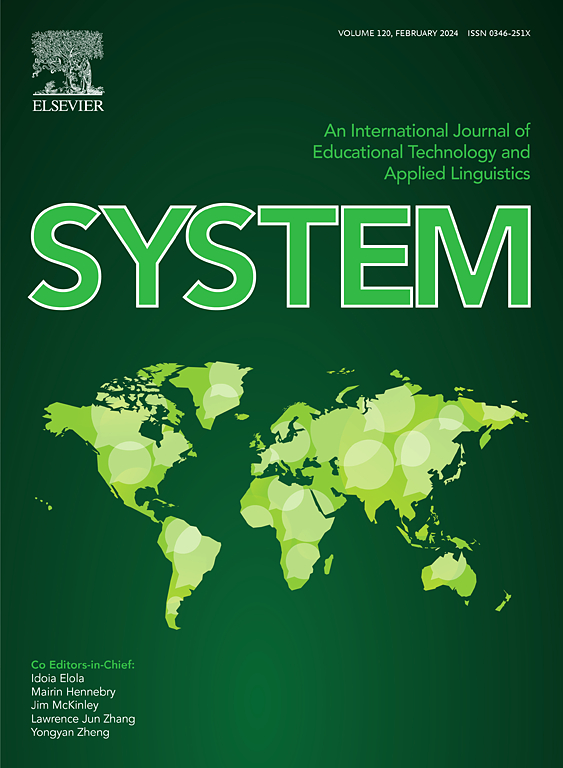Impact of partially defatted black soldier fly larvae meal on coccidia-infected chickens: effects on growth performance, intestinal health, and cecal short-chain fatty acid concentrations
IF 7
1区 农林科学
Q1 Agricultural and Biological Sciences
引用次数: 0
Abstract
Black soldier fly larvae meal (BSFLM) stands out as a promising nutritional resource due to its rich bioactive substances and favorable protein profile. Nonetheless, its potential to mitigate coccidia infection in broilers remains uncertain. This study aimed to evaluate the impact of partially defatted BSFLM (pBSFLM) on growth performance, nutrient utilization, and intestinal health, focusing on morphology, immunology, and cecal fermentation in coccidia-infected broilers. Over the initial 13 d, 480 newly-hatched Cobb 500 male birds were allocated to three diets with increasing pBSFLM concentrations (0, 60, or 120 g/kg). At d 13 post hatching, chicks within each dietary group were further allotted to non-challenge or challenge subsets, generating six treatments in a 3 × 2 factorial arrangement. Challenged birds were orally administered oocysts of E. maxima, E. acervulina, and E. tenella (25,000:125,000:25,000). During the infection phase (d 13 to 19), linear interactions between Eimeria and pBSFLM were observed in gain to feed ratio (G:F) (P < 0.05) and cecal interferon-γ (IFN-γ, P < 0.05), with a tendency in cecal acetate concentration (P = 0.06). A quadratic interaction was observed in crypt depth (CD, P < 0.05). Incremental pBSFLM inclusion negatively affected G:F, CD, IFN-γ, and acetate productions in the ceca under coccidia challenge. Conversely in non-challenged birds, the impact of pBSFLM varied from neutral (e.g. G:F) to potentially advantageous (e.g. acetate). Challenged birds exhibited decreased (P < 0.01) BW, BW gain, feed intake (FI), and the apparent ileal digestibility and total tract nutrient utilization of DM, gross energy, and nitrogen (N). Eimeria challenge reduced (P < 0.01) serum carotenoid concentrations, decreased the villus height to crypt depth ratio (VH:CD, P < 0.01), and increased concentrations of branched-chain fatty acids, specifically isobutyrate (P = 0.059) and isovalerate (P < 0.05) in the cecum. Dietary pBSFLM addition linearly reduced (P < 0.05) BW, FI, and N utilization. Tendencies (P < 0.06) were observed where pBSFLM linearly decreased VH:CD and reduced goblet cell density. Increasing pBSFLM supplementation, particularly at 12%, adversely affected growth, ileal morphology, cecal acetate production, and downregulated key cytokine expression in response to coccidia infection.部分脱脂黑虻幼虫饲料对球虫感染鸡的影响:对生长性能、肠道健康和盲肠短链脂肪酸浓度的影响
黑虻幼虫膳食因其丰富的生物活性物质和良好的蛋白质结构而成为一种有前景的营养资源。尽管如此,其减轻肉鸡球虫感染的潜力仍不确定。本研究旨在评价部分脱脂BSFLM (pBSFLM)对球虫感染肉鸡生长性能、营养物质利用和肠道健康的影响,重点研究球虫感染肉鸡的形态、免疫学和盲肠发酵。在最初的13 d中,480只刚孵出的Cobb 500雄性雏鸟被分配到三种不断增加pBSFLM浓度(0、60和120 g/kg)的饲粮中。在孵化后第13 d,将每个饲粮组中的雏鸡进一步分为非攻毒组和攻毒组,按3 × 2因子安排共6个处理。攻毒的鸟类被口服了最大E.、尖角E.和柔嫩E.的卵囊(25000:125000:25000)。在感染期(第13 ~ 19 d),艾美耳虫与pBSFLM的增重比(G:F)和盲肠干扰素-γ (IFN-γ, P < 0.05)呈线性相互作用,盲肠乙酸浓度呈线性相互作用(P = 0.06)。隐窝深度呈二次交互作用(CD, P < 0.05)。在球虫攻击下,增加pBSFLM包埋会对盲肠中G:F、CD、IFN-γ和醋酸盐的产生产生负面影响。相反,在非挑战鸟类中,pBSFLM的影响从中性(如G:F)到潜在的有利(如醋酸酯)不等。采食量(FI)、体重、体重增重(P < 0.01)、DM、总能和氮的回肠表观消化率和全肠养分利用率(P < 0.01)均显著降低。埃美耳虫攻毒降低了血清类胡萝卜素浓度(P < 0.01),降低了绒毛高度与隐窝深度比(VH:CD, P < 0.01),增加了盲肠中支链脂肪酸浓度,尤其是异丁酸盐(P = 0.059)和异戊酸盐(P < 0.05)。饲粮中添加pBSFLM可线性降低体重、肥重和氮利用率(P < 0.05)。pBSFLM线性降低VH:CD和杯状细胞密度的趋势(P < 0.06)。增加pBSFLM的添加量,特别是添加到12%时,对球虫感染的生长、回肠形态、盲肠醋酸盐产生不利影响,并下调关键细胞因子的表达。
本文章由计算机程序翻译,如有差异,请以英文原文为准。
求助全文
约1分钟内获得全文
求助全文
来源期刊

Journal of Animal Science and Biotechnology
AGRICULTURE, DAIRY & ANIMAL SCIENCE-
CiteScore
9.90
自引率
2.90%
发文量
822
审稿时长
17 weeks
期刊介绍:
Journal of Animal Science and Biotechnology is an open access, peer-reviewed journal that encompasses all aspects of animal science and biotechnology. That includes domestic animal production, animal genetics and breeding, animal reproduction and physiology, animal nutrition and biochemistry, feed processing technology and bioevaluation, animal biotechnology, and meat science.
 求助内容:
求助内容: 应助结果提醒方式:
应助结果提醒方式:


